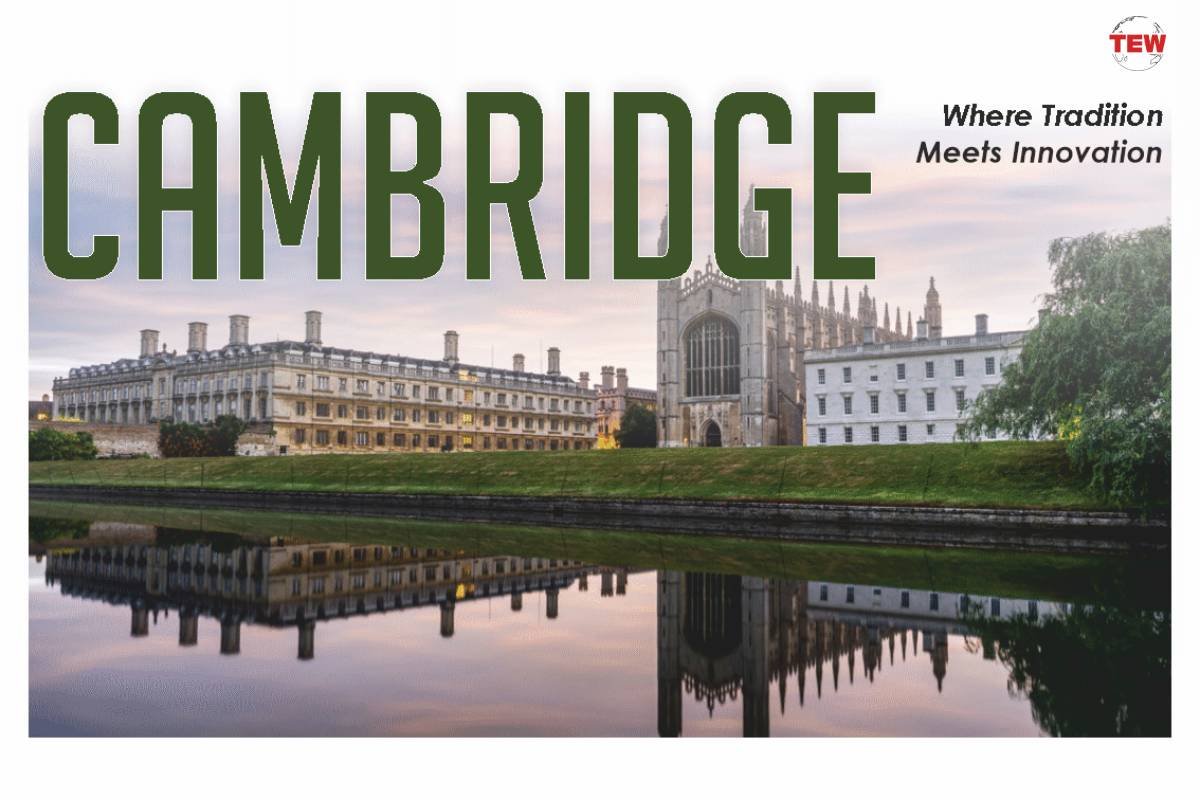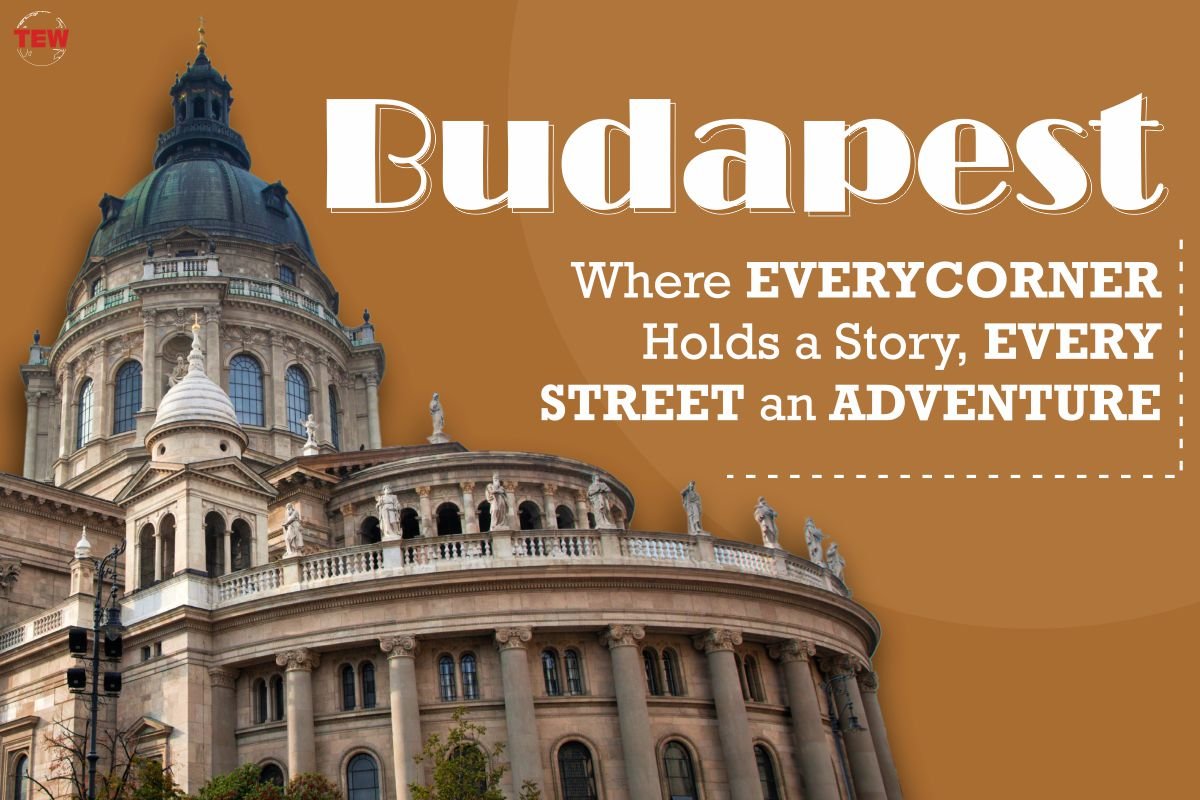Rajasthan the largest state in India. Formerly Rajasthan comes first n the terms of art culture and tourism due to its rich cultural aspects popular all over the globe. Jaipur, the capital and huge metropolis of the Indian state of Rajasthan. As of 2011, the city had a population of 3.1 million, making it the tenth most crowded city in the country. Jaipur the heart of Rajasthan is referred as the Pink City, of India due to the supreme colour scheme of its unique structural buildings.
The former scientist of India Dr C.V Raman called Jaipur as Glory of India. Jaipur The Heart of Rajasthan also known as Paris of India due to its unique structure as well as rich culture. Jaipur was established in 1727 by the Kachhwaha Rajput ruler Jai Singh II, the ruler of Amer, after whom the city is named. It was one of the ultimately organized cities of modern India, plotted by Vidyadhar Bhattacharya.
During the British Colonial period, the metropolis brought in service as the capital of Jaipur State. After independence in 1947, Jaipur was made the capital of the newly established state of Rajasthan. According to UNESCO Jaipur was added in the World Heritage Site on 6th July 2019. The city is also home to the UNESCO World Heritage Sites Amer Fort and Jantar Mantar.
Learning the internal factors of Jaipur The Heart of Rajasthan is just like learning Indian culture deeply. The metropolis depicts many such aspects of ancient India and the rulers of the same period. With the same ancient monuments of Jaipur captures the heart of every tourist or traveler with its immense beauty and royal gesture. Exploring the metropolis is a factor of pride to every Indian citizen as the state yet consists many unrevealed facts about the ancient times.
Let’s know more about Jaipur The Heart of Rajasthan with amazing facts about the metropolis and its culture History and Heritage.
Geographical Importance
Jaipur, the capital metropolis of the Indian state of Rajasthan is located in the eastern border of Thar Desert, a semi-dry land. This state is one of the biggest of the country which shares the international boundary with Pakistan on the western side. It is situated at an elevation of 1417 feet above the sea level. On three sides, Jaipur The Heart of Rajasthan is surrounded by the Aravalli hills and this is why, it is protected from the scratchy desert. In the north, it is enclosed by Sikar and Mahendragarh district; in the south by Tonk; in the east by Alwar, Dausa and Sawai Madhopur; and in the west by Nagaur and Ajmer district.
The total length of Jaipur expanding from east to west is about 180 km whereas the width from north to south is about 110 km. The major rivers passing through the Jaipur are Banganga and Sabi. About 28.65 million cubic meter ground water resources are accessible in Jaipur. To provide the drinking water to the old city, there is Ramgarh dam on the River Ban Ganga. Minerals like Copper, Iron, Dolomite, White marble, Glass and Silicon are the prominent minerals found in the metropolis. Sambhar Lake, which is the only natural lake with salty water is also the prominent source of best standard of salt in the state as well as country, is very close to Jaipur.
Some Ancient aspects of Jaipur The Heart of Rajasthan

King of Amber, Maharaja Sawai Jai Singh II established the city of Jaipur on 18th November 1727. Due to scarcity of water and growing population Maharaja shifted his capital from Amber to Jaipur. Maharaja Jai Singh consulted divergent books on architecture and architects while designing the layout of Jaipur.
Under the architectural guidance of Vidyadhar Bhattacharya, Jaipur was designed based on the postulates of Vastu Shastra and Shilpa Shastra. Much credit for building Jaipur goes to Vidyadhar Bhattacharya who built the city with more affection and love portraying Indian culture in every building of the Metropolis.
The erection of the city began in 1726 and approximately took four years to complete the major roads, offices, and palaces. The metropolis was divided into nine blocks, two of which consisted the state royal buildings and palaces, with the remaining seven allotted to the public. Huge parapet was built, perforated by seven fortified gates.
As with the Mughals, Jaipur maintained good relations with the British and during the war of independence in 1857 remained loyal to the raj. Yet, the Britishers gradually began to eroded the independence of the state and employed greater dominance over the management. In 1876, Maharaja Ram Singh did something that grossed Jaipur its alias.
During the reign of Sawai Ram Singh, he painted the entire city pink. As pink is traditionally a colour associated with hospitality, to welcome the prince of Wales Albert Edward to the city. The tradition has been preserved and today all citizens in the old city are urged by law to preserve the pink colour.
In the 19th century, Jaipur The Heart of Rajasthan expanded rapidly and by 1900 it had a population of 160,000. The wide avenue was covered and its chief industries were the working of metals and marble, promoted by a school of art founded in 1868. The city had three colleges, including a Sanskrit college established in 1865 and a girls’ school established in 1867 opened during the reign of the Maharaja Ram Singh II. After independence, Jaipur incorporated with the states of Jodhpur, Jaisalmer and Bikaner to become the greater Rajasthan union.
Rich Heritage & Cultural facts of Jaipur

In 2019 on 6th July Jaipur was listed as World Heritage Site by UNESCO. Major sites of them were Amer Fort and Jantar Mantar. Jaipur owns many cultural sites like Jawahar Kala Kendra created by Architect Charles Correa and Ravindra Manch. Government Central Museum denotes various arts and antiquities.
There is a government museum at Hawa Mahal and an art gallery at Viratnagar. There are statues representing Rajasthani culture around the city. The city is atypical among pre-modern Indian cities in the harmony of its streets, and the division of the city into six sectors by broad streets. The urban quarters are further divided by networks of reticular streets. The Palace quarter encompass the Hawa Mahal palace complex, formal gardens, and a small lake.
Nahargarh Fort, which was the residence of the King Sawai Jai Singh II, crowns the hill in the northwest corner of the old city. There are three main gates facing east, west, and north. The eastern gate is called Suraj pol which means sun gate and is dedicated to Surya Dev (Sun), the western gate is called Chand pol which means moon gate and is dedicated to Moon, and the northern gate faces the ancestral capital of Amer.
Also, with monuments and unique structures Jaipur The Heart of Rajasthan is specially known for its hand-made things such as clothes, toys, crafts etc. The metropolis has many traditional shops selling antiques and handicrafts, as well as modern brands reviving traditional techniques, such as Anokhi. The previous monarch of Jaipur patronised a number of arts and crafts.
They invited skilled artisans, artists and craftsmen from India and abroad who settled in the city. Some of the crafts include bandhani, block printing, stone carving and sculpture, tarkashi, zari, gota-patti, kinari and zardozi, silver jewellery, gems, kundan, meenakari and jewellery, Lakh ki Chudiya, miniature paintings, blue pottery, ivory carving, shellac work and leather ware.
In ancient Rajasthan there were many tribes which were quite famous for their art performances. Some of them are Bhopa, Kalbeliya. Painting of at that time is also famous even today those get explored in many exhibitions.
The versatile city of Rajasthan also has hands spread in performing arts including folks and some exceptional musical instruments famous all over the world. Numerous live performances are found here. Every street of Jaipur depicts performers and street artists performing their individual skills or in groups. Street circus, plays and annual events artists performs various activities which explains so many things about the culture of the old city. Street puppet shows are major attraction on the streets of Jaipur The Heart of Rajasthan.
Ghoomar dance with sarangi, numerous folk and devotional songs with “garha and khartal” are famous in Jaipur. Music of Jaipur depicts significance of language and instruments used in it. Basic instruments include a string instrument sarangi, a beat denoting instrument widely known as Khartal and a Harmonium giving the folk an essence of rich heritage. With the same Rajasthani music consists some major aspects of classical music classified with different regions denoting the same regions. The classification was done on Gharanas. Every Gharana would used to depict a significance. Jaipur, Bikaner, Jodhpur was the major gharanas.
Taste in Simplicity

One of the most delightful aspects of a visit to the ‘pink city’ is the culinary delights of Rajasthan, the main cuisine of Jaipur The Heart of Rajasthan. The capital of Rajput kings had an impressive array of mouth-watering delights, kept closely guarded by the royal chefs. Some of them have been passed on through generations, sadly the rest have been lost.
The authenticity of Jaipur, Rajasthan lies in its simplicity. Jaipur The Heart of Rajasthan is a city of royalty, a land which has served rich food to the Kings and queens of the royal family. The imperial kitchens of Rajasthan used to employ ‘Khansamas’ (the royal cooks) to make the best gastronomy. The Pink city still serves the best delicacies to its residents and tourists. Naturally home-made recipes win heart of the travellers.
Typical dishes include Dal Baati Churma, Missi Roti, Gatte ki Sabzi, Lahsun ki chutney, Ker Sangri, Makke ki Ghat, Bajre ki Ghat, Bajre ki Roti and Laal Maans. Jaipur is also known for its sweets which depicts the ancient traditions of Rajasthan to welcome guests with serving sweet as a symbol of friendship and happiness. The sweet include Ghevar, Feeni, Mawa Kachori, Gajak, Meethi thuli, Chauguni ke laddu, and Moong Thal.
Although, since last decade being a modern city, the cuisine of Jaipur The Heart of Rajasthan portrays a contemporary style of cuisine. Many dishes are revised and denotes mixed cultures. Jaipur being a great tourist attraction it serves more than 1000 of variety of dishes including both Veg and Non-Veg.
Exploring Jaipur The Heart of Rajasthan through its Antiquities

Planned by Vidyadhar Bhattacharya Jaipur owns the record of first planned city in the history of India. Being a royal city since formed Jaipur depicts many structures and monuments denoting the richness of the city and its culture is depicted over the monuments. Carvings on the forts, main gates and many other monuments denotes the magnificence of the city as well as its art. Jaipur owns many old structures including forts and Palaces. Many of them were undertaken by the britishers during pre-independence period.
Major sites to visit in Jaipur are Amer Fort and Jantar Mantar. Jaipur owns many cultural sites like Jawahar Kala Kendra created by Architect Charles Correa and Ravindra Manch. Government Central Museum denotes various arts and antiquities. There is a government museum at Hawa Mahal and an art gallery at Viratnagar. Also, Nahargarh Fort, Jal Mahal, Jalgarh Fort are sites to explore in Jaipur.
With the forts Jaipur owns amazing gardens denoted to the queens of particular dynasty from various time periods. Like Sisodia Rani Palace, Vidyadhar Garden, Ram Niwas Garden, etc. many nights show steals the heart of travellers including light and sound show at Jainiwas Udyan, Amber Palace and City Palace are point of attraction at night as they are lightened with bright lights and looks mesmerizing in the dark.
Being an old city Jaipur have many temples of different religions. Many of them are known for their architectural work. Birla Temple, Govind Devji Temple, Moti Doongri Ganesh Temple, Digambar Jain Mandir and most important among these Galtaji an ancient pilgrimage centre in Jaipur.
Museums like Hawa Mahal, Albert Hall Museum, Jaipur Wax Museum, Museum of Gem & Jewellery, etc are famous museums in Jaipur to visit which depicts royalty of that period and the antiquities shows artistic factor of Jaipur.

Economic Growth of Jaipur
As per the records released by the Directorate of Economics and Statistics of Rajasthan state, the GDP of Jaipur district is evaluated at INR 1,22,140 crores ($15.8 billion) in 2020–21, with a per-capita GDP of INR 1,41,305. In addition to its role as the non-metropolitan capital, educational, and administrative centre, the economy of Jaipur is having boost by tourism, gemstone cutting, the manufacture of jewellery and luxury textiles, and information technology.
Three major trade promotion organisations have their offices in Jaipur. These are: Federation of Indian Chambers of Commerce & Industry (FICCI), the PHD Chamber of Commerce and Industry (PHDCCI), and the Confederation of Indian Industry (CII) which has its regional offices here. In 2008, Jaipur was rated 31 among the 50 Emerging Global Outsourcing cities.
The city is among top apparent IT hubs of India along with Ahmedabad, Bhubaneswar and Kochi. Mahindra World City is a non-segregated business zone in Jaipur. It is home to various software and IT companies including Genpact, Appirio, Infosys, Wipro, ICICI Bank, Connexions and Deutsche Bank. The Government of Rajasthan have built Asia’s largest incubator in Jaipur – the Bhamashah Techno Hub.
Jaipur is a major hub for arts and crafts. It has many traditional shops selling antiques, jewellery, handicrafts, gems, bangles, pottery, carpets, textiles, leather and metal products. Jaipur is one of India’s largest manufacturers of hand-knotted rugs. Jaipur foot, a rubber-based prosthetic leg for people with below-knee amputations, was designed and is produced in Jaipur.
Contribution of Jaipur in Sports & Education
Education
The Public and private schools in Jaipur are governed by the Central Board of Secondary Education or Board of Secondary Education, Rajasthan, International Board of education and follow a “10+2” plan. This plan calls for eight years of primary education and four years of secondary education. The secondary school incorporate two years of upper secondary education, which is more particular and diverse than the two years of lower secondary education before it. Languages of instruction include English and Hindi.
Remarkable institutions in the city are: University of Rajasthan, Rajasthan University of Health Sciences, Dr. Bhimrao Ambedkar Law University, Rajasthan Sanskrit University, Haridev Joshi University of Journalism and Mass Communication, Suresh Gyan Vihar University, Malaviya National Institute of Technology, LNM Institute of Information Technology, National Institute of Ayurveda, Sawai Man Singh Medical College and Subodh College among others.
Admission to graduation colleges in Jaipur, many of which are affiliated to Rajasthan Technical University in Kota, is through Rajasthan Engineering Admission Process.
Sports
The major cricket stadium in the city, Sawai Mansingh Stadium, can accommodate around 30,000 people and has hosted national and international cricket matches. It is also the native ground of IPL team Rajasthan Royals. Sawai Mansingh Indoor Stadium, Chaugan Stadium and Railway Cricket Ground are the other sporting stadiums in the city.
A very new stadium has been proposed for Chonp Village with a seating capacity 75,000. It would be the third-largest cricket stadium in the world after the Sardar Patel Stadium and the Melbourne Cricket Ground.
The city is symbolized in the IPL by Rajasthan Royals in 2008-2016; 2018–present and in Pro Kabaddi League by Jaipur Pink Panthers.
A new cricket stadium situated 27 km away from Jaipur is under construction. In July 2021, Chief Minister Ashok Gehlot said that the stadium will have a total seating capacity of 75000 and will be constructed in two phases, of which the seating accommodation of 45,000 people will be completed in the first phase and expansion for another 30,000 will be done in the second phase.





